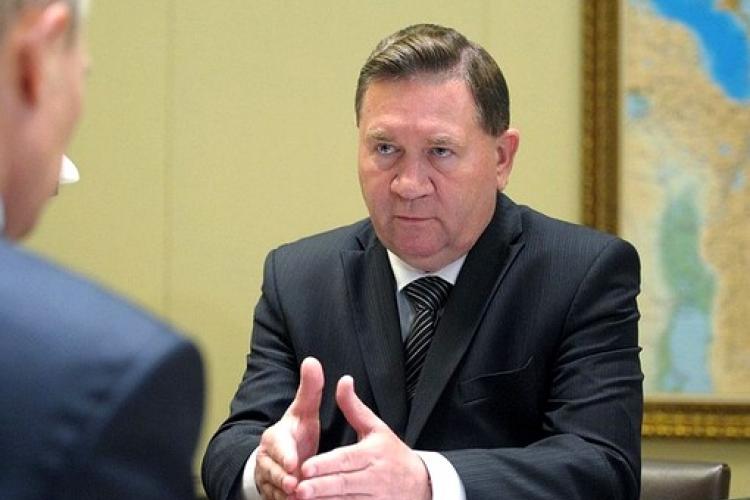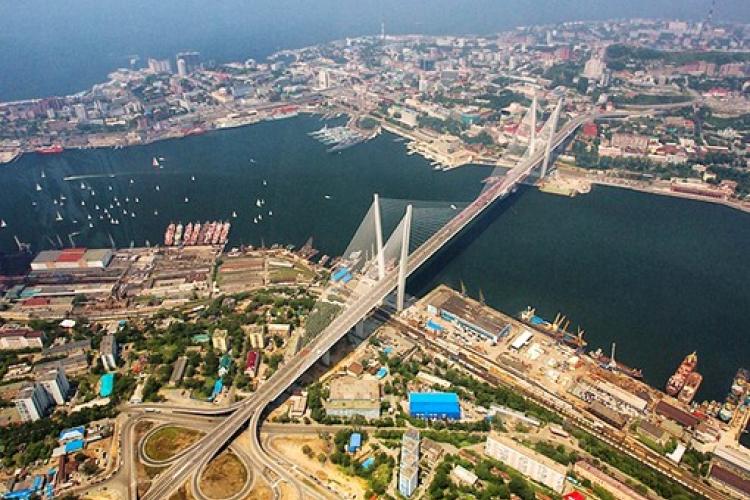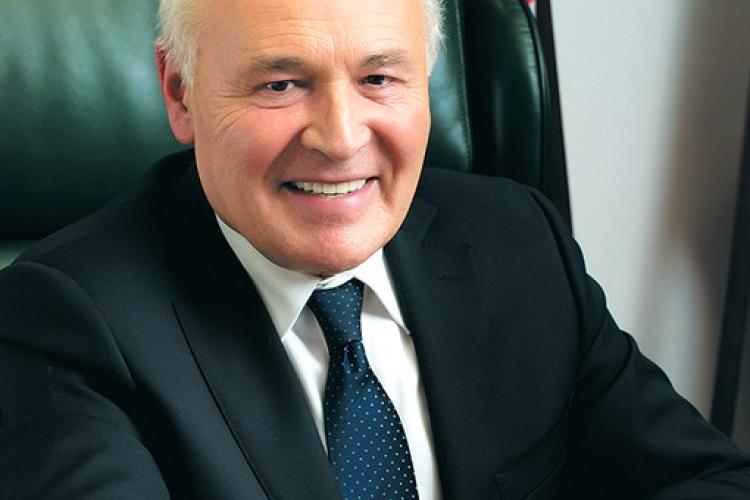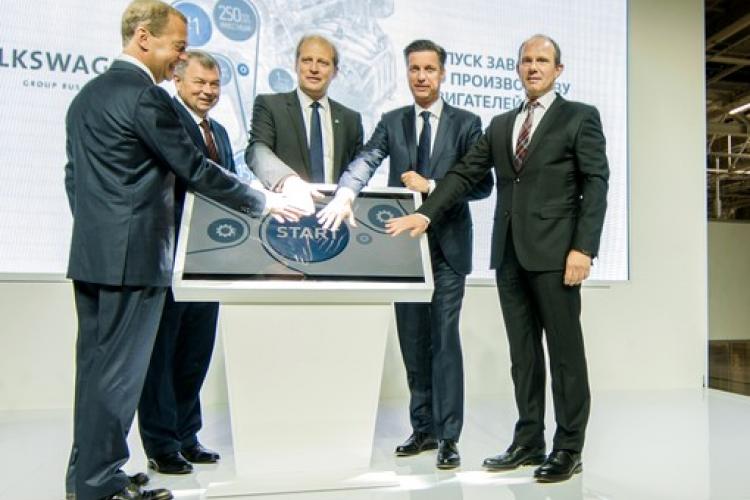
Vnesheconombank (VEB) is forming a special non-commercial Industrial Assets Fund that will focus on restructuring the debts of major industrial assets, VEB said in a press release on October 31, 2016. The fund is “intended to ease pressure on capital,” VEB said.
The Industrial Assets Fund will be headed by Leonid Frumkin, a former official of the Federal Finance Markets Service and an officer at Sberbank Capital. The Kommersant newspaper said in August that VEB would audit all its industrial projects and create a holding to work with them. It said the former chief financial officer (CFO) of Magnitogorsk Iron & Steel Works (MMK) Sergei Sulimov would head the project to restructure VEB’s industrial assets. The project will include troubled industrial assets on the balance sheet of VEB or the structures under its control. They include the Industrial Union of Donbas (ISD), the Sibuglemet coal holding, and others. The total volume of the project is over RUB500 billion (USD7.841 billion), the release stated.
The supervisory board of VEB has decided to close the Russian state bank’s offices in Zurich, Paris, Johannesburg, and New Delhi, VEB said in a press release. VEB’s office in Mumbai will continue to operate; the office in Beijing will be expanded; and the bank’s offices in the United States and the U.K. will remain open, but will be optimized in terms of staff numbers and administrative expenses.
VEB plans to close a number of its foreign representative offices while increasing its presence in China, the head of the Russian state bank Sergei Gorkov told reporters at the beginning of October.
“China will be a fairly important area for us. We even intend to expand our Chinese representative office, although we’re optimizing some foreign representative offices, of course, because part of the network of international representative offices is no longer needed,” Mr. Gorkov said.
The supervisory board of VEB has approved the acquisition this year of up to 100 percent of 15-year bonds issued by truck maker Kamaz in the amount of up to RUB10 billion (USD160 million), the Russian state bank said. VEB will buy the long-term Kamaz bonds, which will be backed by state guarantees, by investing the pension savings it manages. The proceeds from the bonds will be invested in the development of Kamaz’s model line and the modernization of production facilities, VEB said.
Elsewhere, VEB Leasing has become a shareholder in the Pavlik gold mining company, with a 9.9-percent stake, VEB Leasing said in materials. VEB Leasing is a Pavlik creditor. As of the end of 2015, Pavlik owed VEB Leasing around RUB21.895 billion (USD340 million). The loans are due to be repaid by December 20, 2018 and are secured by shares in Pavlik. The possibility of reassigning claims on the debt in favor of Gazprombank has been discussed.
The Arlan Investment Company operates the Pavlik mine in the Magadan region. The first stage of the mine was commissioned on August 15, 2015. It produced just over one ton of gold in 2015 and 1,806 kilograms (58 thousand ounces) from January to July this year. Pavlik could rank eighth among Russia’s biggest gold mines in 2016 and among the top five in 2018. Pavlik is among the top 10 largest fields in Russia by gold reserves. C1+C2 reserves are estimated at 154.008 tons of gold. Off-balance reserves are 361 kilograms. Probable P1 reserves were estimated at 62.133 tons.
Arlan Investment Company’s portfolio includes the Pavlik, the Burkhalinskoye, the Shakhskoye, the Utinskoye, and the Rodionovskoye hard rock gold fields in Russia’s Magadan region and the Klein Spitzkoppe uranium field in Namibia, as well as other assets.












Leave a comment